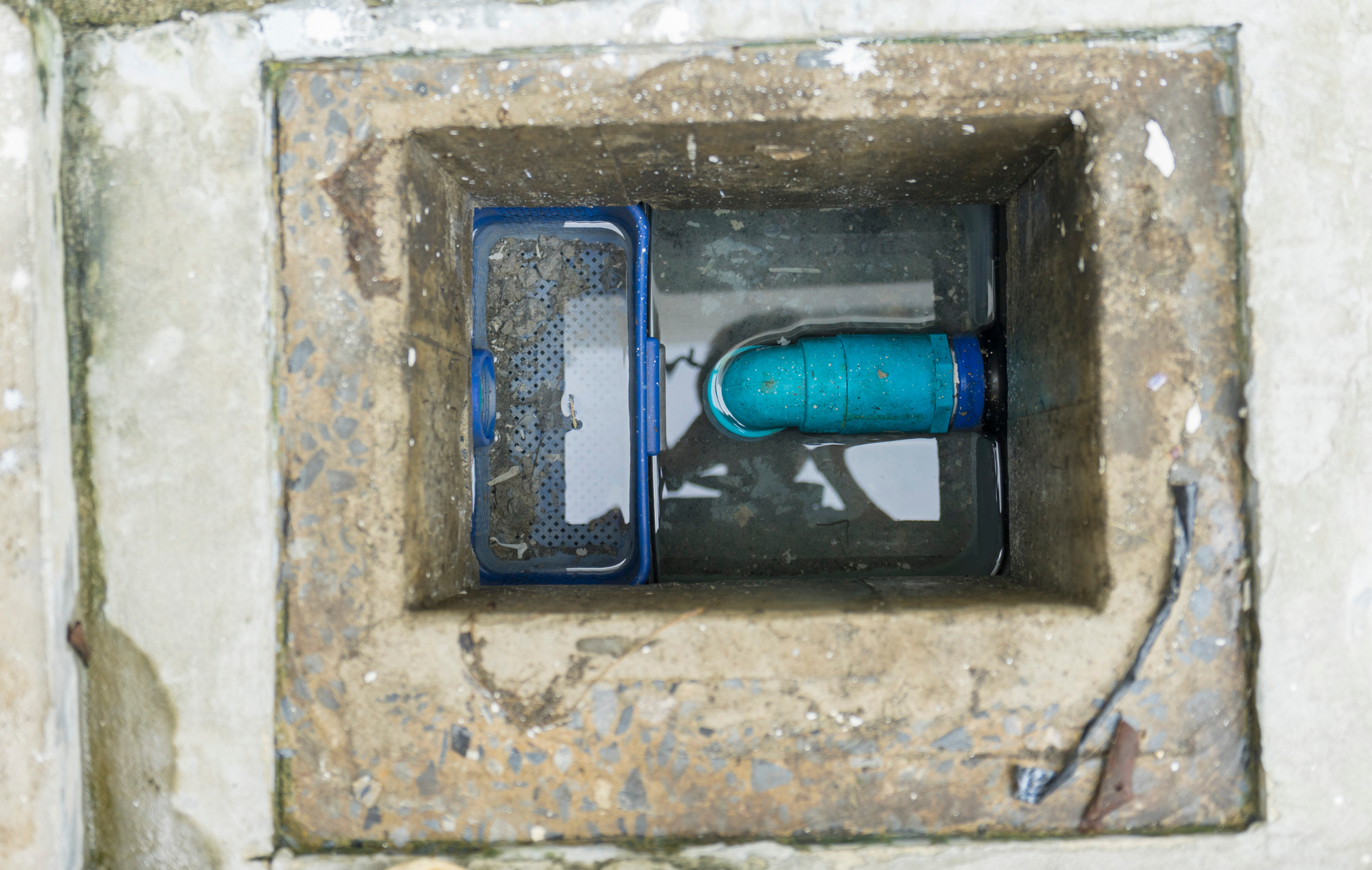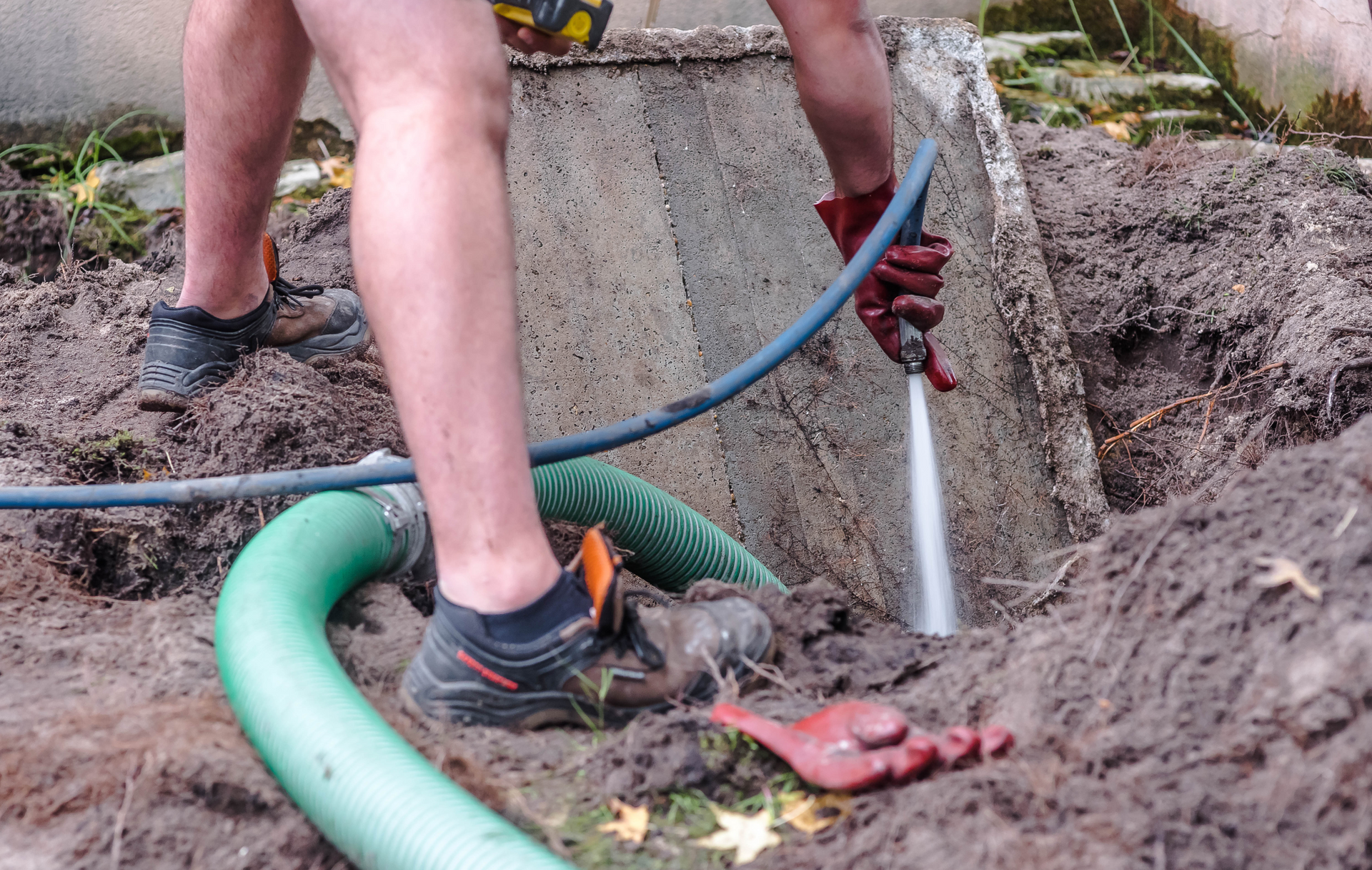The Seasonal Septic System Checklist: Year-Round Maintenance Tips for Oxford, MS Homeowners
May 15, 2024
The Seasonal Septic System Checklist: Year-Round Maintenance Tips for Oxford, MS Homeowners
Owning a home with a septic system in Oxford, MS, comes with its unique set of responsibilities. Unlike a municipal sewer system, where waste disappears into the city's infrastructure, septic systems require regular attention and maintenance to ensure they function properly. To help you keep your septic system in peak condition year-round, we've compiled a comprehensive seasonal checklist. Whether you're a seasoned septic system owner or a first-time homeowner, this guide will provide valuable insights into maintaining your septic system in Oxford.
Spring: The Season of Renewal
1. Inspect the Drain Field: Spring is an ideal time to check the drain field for any signs of damage or ponding. Ensure the area is clear of trees and shrubs that could interfere with your system.
2. Schedule a Professional Inspection: Arrange for a professional inspection to evaluate your septic tank and overall system health. A qualified technician can identify issues early and recommend necessary repairs or maintenance.
3. Check for Leaks: Inspect the pipes, connections, and tank for any leaks. Leaks can lead to system failure if left unaddressed.
4. Pump Your Tank: Depending on usage, most septic tanks require pumping every 3-5 years. Spring is an excellent time for this service, as it ensures your system is ready for increased summer use.
Summer: Keeping Cool Under the Sun
5. Monitor Water Usage: Be mindful of excessive water usage during the summer months. Large amounts of water entering your system too quickly can lead to problems. Spread out activities like laundry and dishwashing to prevent overloading the system.
6. Avoid Overland Flooding: Ensure heavy rains or flooding don't inundate your septic system. Proper landscaping and drainage can help divert excess water away from your drain field.
Fall: Preparing for the Colder Months
7. Clean Gutters and Downspouts: As leaves fall, clean gutters and downspouts to prevent excessive water from entering your septic system during autumn rains.
8. Watch for Tree Roots: Tree roots are more active in cooler weather. Keep an eye out for signs of root intrusion into your system and address the issue promptly.
9. Check the Effluent Filter: If your system has an effluent filter, clean or replace it as needed. A clogged filter can hinder the flow of effluent.
Winter: Protecting Your System from the Cold
10. Insulate Exposed Pipes: Insulate any exposed septic pipes to prevent freezing during cold spells. Frozen pipes can disrupt your system's operation.
11. Minimize Water Usage: During freezing temperatures, reduce water usage as much as possible. This helps prevent the system from freezing and allows it to function correctly.
Year-Round Practices
12. Use Septic-Safe Products: Always use septic-safe cleaning and personal care products. Harsh chemicals can disrupt the beneficial bacteria in your tank.
13. Be Mindful of What You Flush: Only flush toilet paper and human waste. Avoid flushing non-biodegradable items, feminine hygiene products, or excessive amounts of food waste.
14. Conserve Water: Install low-flow fixtures, repair leaks promptly, and practice water conservation to reduce the load on your septic system.
15. Professional Jetting Services: Periodically, consider professional jetting services to clean your septic system's pipes and lines. This process removes blockages and ensures efficient operation.
16. Regular Pumping: Stick to a regular pumping schedule based on your household's needs. Pumping prevents solids from accumulating in the tank and causing issues.
By following this seasonal septic system checklist and adopting year-round best practices, you can help ensure the longevity and efficient operation of your septic system. Remember that a well-maintained septic system not only prevents costly repairs but also promotes a healthy environment for your home and the Oxford community.
For professional septic system services, including inspections, pumping, and jetting, contact Oxford Septic Service in Oxford, MS. Our team of experts is here to assist you with all your septic system needs year-round.
Don't let your septic system fall by the wayside. Stay proactive with your seasonal maintenance and enjoy a trouble-free septic system for years to come!

Oxford Septic Services plays a crucial role in ensuring the health and functionality of septic systems in our community. With years of experience and expertise, our team is dedicated to providing top-quality services to homeowners and businesses alike. In this guide, we'll explore the vital role that Oxford Septic Services plays in maintaining healthy septic systems and preserving the well-being of our environment. Chapter 1: Comprehensive Septic System Maintenance Oxford Septic Services offers comprehensive maintenance services designed to keep septic systems running smoothly. From regular inspections to proactive maintenance measures, our team ensures that septic systems remain in optimal condition year-round. Chapter 2: Professional Septic Tank Pumping Regular septic tank pumping is essential for preventing backups and maintaining the proper functioning of septic systems. Oxford Septic Services provides professional pumping services tailored to the unique needs of each property, ensuring efficient removal of waste and sludge. Chapter 3: Prompt Septic System Repairs When issues arise with septic systems, prompt repairs are crucial to prevent further damage and ensure continued functionality. Oxford Septic Services offers timely and reliable repair services, addressing issues such as leaks, clogs, and drain field problems with expertise and efficiency. Chapter 4: Expert Leach Field Services Leach fields are an integral part of septic systems, responsible for filtering and dispersing wastewater into the soil. Oxford Septic Services offers expert leach field services, including inspections, repairs, and installations, to ensure the proper functioning of this critical component. Chapter 5: Emergency Septic Services Septic emergencies can occur at any time, posing significant risks to property and health. Oxford Septic Services offers emergency services around the clock, providing prompt response and effective solutions to mitigate damage and restore functionality. Chapter 6: Residential and Commercial Solutions Whether it's a residential property or a commercial establishment, Oxford Septic Services offers tailored solutions to meet the unique needs of each client. From small homes to large commercial properties, our team has the expertise and resources to handle any septic system challenge. Chapter 7: Environmental Stewardship At Oxford Septic Services, we are committed to environmental stewardship and sustainable practices. We prioritize eco-friendly solutions and responsible waste management techniques to minimize our impact on the environment and protect natural resources. Conclusion: Oxford Septic Services plays a vital role in maintaining healthy septic systems and preserving the well-being of our community. With comprehensive maintenance services, prompt repairs, and a commitment to environmental stewardship, our team ensures that septic systems remain in optimal condition for years to come. Trust Oxford Septic Services for all your septic system needs and experience the difference firsthand.

Septic tank pumping is a crucial aspect of septic system maintenance that often goes overlooked by property owners. Regular pumping helps prevent costly repairs, prolongs the lifespan of the septic system, and protects the environment from contamination. In this guide, Oxford Septic Services shares valuable insights into the importance of routine septic tank pumping and its many benefits. Chapter 1: Understanding the Role of Septic Tank Pumping Overview of the septic tank pumping process and its significance in maintaining a healthy septic system Explanation of how septic tank pumping removes accumulated solids and sludge from the tank, preventing clogs and backups Chapter 2: Preventing Costly Repairs and System Failures Discussion of the potential consequences of neglecting septic tank pumping, including system backups, drain field damage, and groundwater contamination Exploration of the financial implications of septic system repairs and replacements compared to the relatively low cost of routine pumping Chapter 3: Extending the Lifespan of Your Septic System Explanation of how regular septic tank pumping helps prolong the lifespan of the septic system by reducing stress on system components and preventing premature failure Discussion of the correlation between routine pumping and the overall health and longevity of the septic system Chapter 4: Protecting the Environment and Public Health Examination of the environmental and public health risks associated with untreated wastewater discharge from poorly maintained septic systems Explanation of how routine septic tank pumping helps mitigate these risks by preventing groundwater contamination and protecting local water sources Chapter 5: Maintaining Property Value and Resale Potential Exploration of the impact of a well-maintained septic system on property value and resale potential Discussion of how routine septic tank pumping demonstrates responsible property ownership and can increase buyer confidence during real estate transactions Chapter 6: Ensuring Regulatory Compliance Overview of local regulations and requirements regarding septic system maintenance and pumping frequency Explanation of how routine septic tank pumping helps property owners remain in compliance with regulatory standards and avoid potential fines or penalties Chapter 7: Best Practices for Scheduling Septic Tank Pumping Recommendations for establishing a regular pumping schedule based on factors such as household size, water usage, and septic system capacity Tips for working with professional septic service providers like Oxford Septic Services to schedule timely and efficient pumping services Conclusion: Routine septic tank pumping is an essential aspect of responsible septic system ownership, offering numerous benefits for property owners, the environment, and public health. By understanding the importance of routine pumping and working with trusted professionals like Oxford Septic Services, property owners can ensure the long-term performance and reliability of their septic systems.
